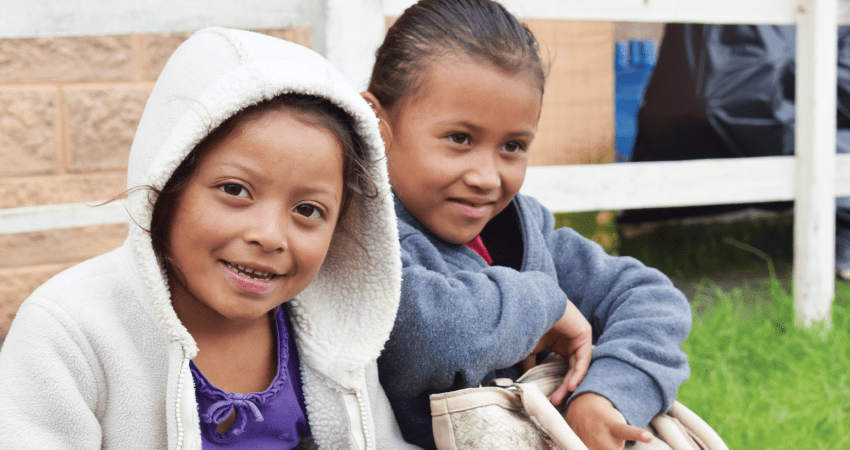IOM and IIN start specialized virtual course about migrant children in the Americas

On October 20, 2021, the third edition of the "Specialized virtual course on migrant children in the Americas" opened with a discussion on the rights of migrant children and adolescents. This is part of a joint effort between the International Organization for Migration (IOM) and the Institute for Children and Adolescents of the Organization of American States (IIN-OAS).
At the opening date, 340 people were enrolled from various government institutions, universities, non-governmental organizations and international organizations from 17 countries of the American continent.
The students will be taking the different modules of this course over the course of the next three months through the IOM E-Campus platform. The topics they will study include: the context of migration in today's world, the international and regional regulatory framework, national protection systems and mechanisms, protection of returning children and their reintegration and mental health care and tools for dealing with situations of vulnerability of children and adolescents.
Children and adolescents represent a substantial proportion of the number of migrants. One out of every eight migrants is a child, and about 6.3 million of them are in the Americas. Children and adolescents in contexts of human mobility often face situations of vulnerability and challenges along migratory routes. Globally, they represent 28% of the victims of human trafficking.
The opening discussion included the participation of Dr. Pablo Ceriani, PhD in Human Rights (University of Valencia), expert in human rights and migration, with extensive experience as a member of the United Nations Committee for the Protection of the Rights of Migrant Workers and their Families.
Dr. Ceriani provided an overview of different concepts and contexts in the field, making special reference to international standards for the protection of migrant children and adolescents. These standards "help to translate a treaty into daily practice, public policy, implementation and evaluation, and help to respond to current challenges," he explained.
With this edition, the course has reached more than 700 people who are part of different organizations and institutions linked to the protection of migrant children, from more than 20 countries. For IOM and the IIN-OAS, it is vital to generate this type of training to promote reflection on the rights of children and adolescents in situations of human mobility and to contribute to the development of skills for the incorporation of a comprehensive protection approach.
The course is conducted within the framework of IOM’s Western Hemisphere Program, funded by the U.S. Department of State Bureau of Population, Refugees and Migration.
